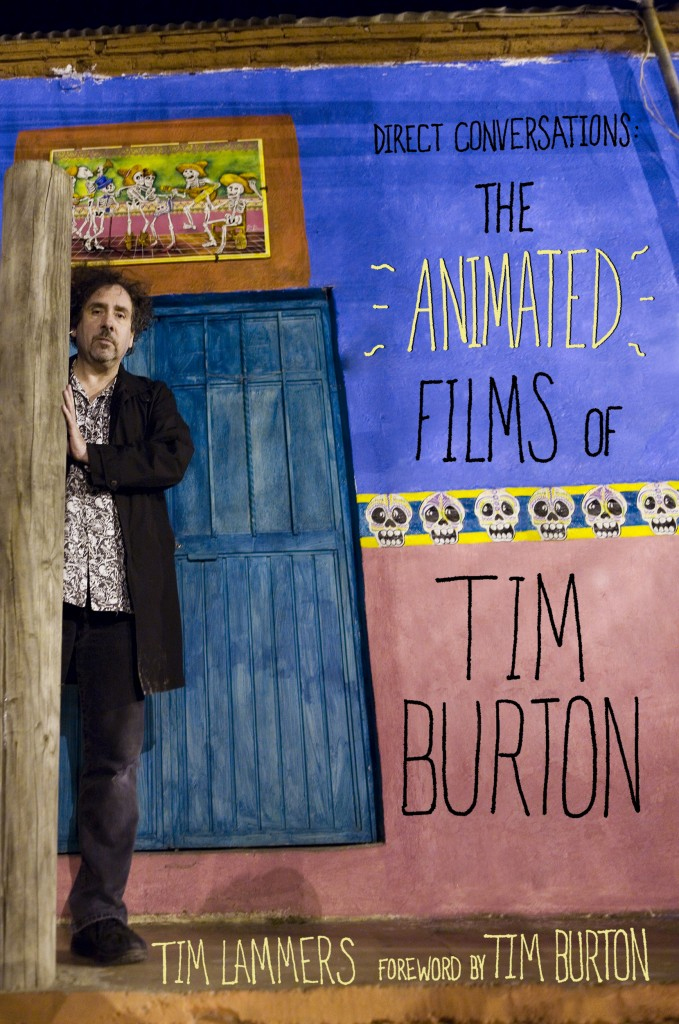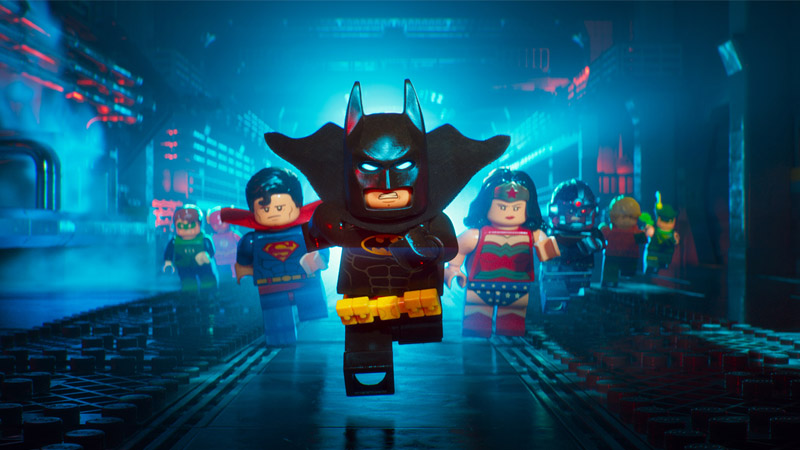Sure, director Chris McKay has been at the helm of such irreverent shows as “Robot Chicken,” where there are no limits to the skewering of pop culture icons in stop-motion animation glory. Still, when it came to handing the keys of its monolithic superhero brand over to McKay for “The LEGO Batman Movie,” Warner Bros. and DC Comics had nothing but trust in McKay to use LEGO’s bricks to help build a wonderful story about the Dark Knight and several other DC superheroes — even though it parodies them.
“I think in some ways they knew I would be OK because I have a giant Catwoman tattoo on my arm,” McKay said with a laugh Tuesday in a phone conversation from Los Angeles. “Plus, I’ve expressed my love for DC comic books and some Warner Bros. movies in general, like Richard Donner’s “Superman” and Tim Burton’s “Batman,” as movies that made an impression on me as a kid.
“Yes, the companies want to be very careful in how they present these characters and under what circumstances, but fortunately, they do have a lot of trust and faith in me,” McKay added. “I’ve been really lucky that let me do the things I’ve been able to do with this movie. Yes, we make jokes, but they are loving, affectionate jokes involving these characters.”
McKay is no stranger to the DC/LEGO universe, having served as an editor and animation supervisor on the 2014 blockbuster “The LEGO Movie.” Of course, that film featured LEGO Batman (voiced by Will Arnett), who now — along with his alter-ego Bruce Wayne — gets his own adventure in Gotham City, where he takes on such nefarious criminals as the Joker (Zack Galifianakis) and Harley Quinn (Jenny Slate).
The film, opening in theaters and on IMAX screens nationwide on Friday, also stars Rosario Dawson as the voice of Barbara Gordon/Batgirl, Michael Cera as Dick Grayson/Robin and Ralph Fiennes as Wayne’s loyal butler, Alfred Pennyworth.
Behind-the-scenes footage from the film shows several of the actors in front their microphones, recording dialogue with their LEGO counterparts in hand, and McKay said they weren’t the only ones who used the tiny characters to glean some inspiration.
“We had bowls of bricks in the conference rooms so people could play with stuff when we were having meetings, and if you look at the animators’ desks, you’ll see stuff they started collecting from the first movie that they used to work out animation or design problems, or just to have fun,” McKay said. “I tried to promote that sense of play as much as possible and try to get LEGO to give us as many things as possible to do stuff. On the first movie, I had people doing building exercises with teams. We got a Death Star, Millennium Falcon and Star Destroyer, and split people up into teams to build stuff together. It was fun to see people get nerdy about all the details and geek out about it.”
Much like “The LEGO Movie,” “The LEGO Batman Movie” has a distinct, stop-motion animated feel to it, And while the animation in both films is completely computer-generated, McKay – whose credits in addition to “Robot Chicken” include “Moral Orel” and “Titan Maximum” — would love to somehow implement stop-motion into future LEGO movie projects. In the meantime, he said, it’s key to have people on the films that have stop-motion sensibilities.
“One thing I try to do is hire stop-motion animators who know a little bit about CG,” McKay said. “The rigs are simple enough for somebody who has a passing knowledge of CG to come in. On ‘The LEGO Batman Movie,’ I brought in one of my favorite stop-motion animators from ‘Robot Chicken’ — her influence on the animation and her character animation was so great that I thought she was absolutely essential to making this movie.”
Copyright 2017 DirectConversations.com.


